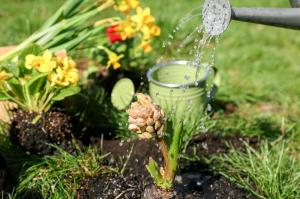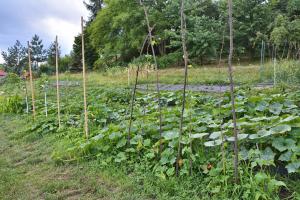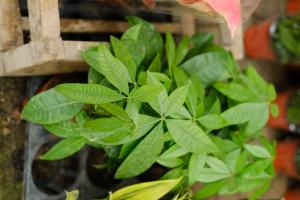Understanding Plant Hardiness Zones
Plant hardiness zones are a system that categorizes different regions based on their average annual minimum temperature. These zones are used by gardeners, landscapers, and agricultural professionals to determine which plants will have the best chance of survival in a particular area, and to help them make informed decisions about what to plant and when to plant it.
How are Plant Hardiness Zones Determined?
Plant hardiness zones are determined by using a complex set of climatic data that takes into account a region's average annual minimum temperature, as well as variables such as latitude, elevation, proximity to water sources, and prevailing wind patterns. This information is then used to create a map that divides the country into different zones, based on the likelihood of plants surviving in those areas.
Why are Plant Hardiness Zones Important?
Plant hardiness zones are an important tool for anyone who wants to grow plants, whether it's for food, landscaping, or recreational purposes. They provide a framework for understanding which plants are best suited for a particular area, which can save time, money, and effort in the long run. By choosing plants that are well-suited to a particular zone, gardeners can avoid the frustration and disappointment that comes with planting something that is unlikely to thrive.
How to Use Plant Hardiness Zones
If you are planning a garden or landscape project, it's important to know your plant hardiness zone. This information can be found on the United States Department of Agriculture (USDA) website, where you can enter your zip code and find out which zone you are in. Once you know your zone, you can use this information to choose plants that are likely to thrive in your area.
When shopping for plants, be sure to look for those that are labeled as being suitable for your zone. You can also use your zone information to determine when to plant different types of crops, based on the average last frost date in your area. This can help you maximize your gardening season and increase your chances of a successful harvest.
Conclusion
Plant hardiness zones are an important tool for anyone who wants to grow plants. By understanding your zone and choosing plants that are well-suited to your area, you can save time, money, and effort, and increase your chances of success. With a little research and planning, you can create a beautiful and thriving garden or landscape in any zone.

 how many times do yo...
how many times do yo... how many planted tre...
how many planted tre... how many pine trees ...
how many pine trees ... how many pecan trees...
how many pecan trees... how many plants comp...
how many plants comp... how many plants can ...
how many plants can ... how many plants and ...
how many plants and ... how many pepper plan...
how many pepper plan...































